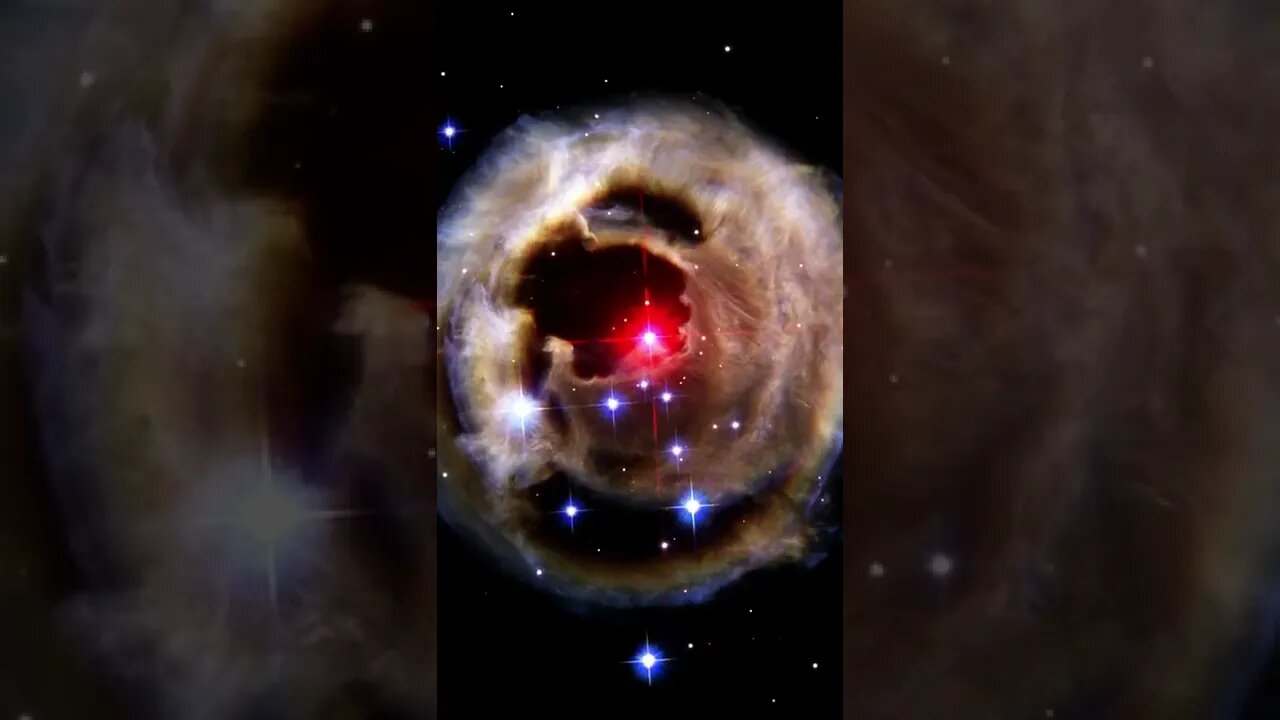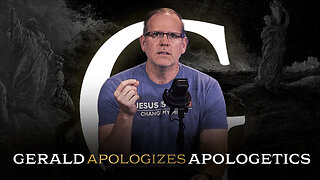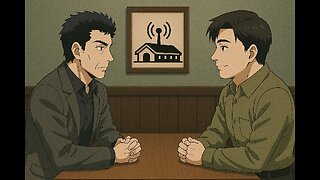Premium Only Content

Som ET - 23 - Stars - Hubble - V838 Mon #shorts
The Hubble Space Telescope's latest image of the star V838 Monocerotis (V838 Mon) reveals dramatic changes in the illumination of surrounding dusty cloud structures. The effect, called a light echo, has been unveiling never-before-seen dust patterns ever since the star suddenly brightened for several weeks in early 2002.
The illumination of interstellar dust comes from the red supergiant star at the middle of the image, which gave off a pulse of light three years ago, somewhat similar to setting off a flashbulb in a darkened room. The dust surrounding V838 Mon may have been ejected from the star during a previous explosion, similar to the 2002 event.
The echoing of light through space is similar to the echoing of sound through air. As light from the stellar explosion continues to propagate outwards, different parts of the surrounding dust are illuminated, just as a sound echo bounces off of objects near the source, and later, objects further from the source. Eventually, when light from the back side of the nebula begins to arrive, the light echo will give the illusion of contracting, and finally it will disappear.
V838 Mon is located about 20,000 light-years away from Earth in the direction of the constellation Monoceros, placing the star at the outer edge of our Milky Way galaxy. The Hubble telescope has imaged V838 Mon and its light echo several times since the star's outburst. Each time Hubble observes the event, different thin sections of the dust are seen as the pulse of illumination continues to expand away from the star at the speed of light, producing a constantly changing appearance. During the outburst event whose light reached Earth in 2002, the normally faint star suddenly brightened, becoming 600,000 times more luminous than our Sun.
Audio: Som ET - 23 - Stars
NASA Images:
https://stsci-opo.org/STScI-01EVT8CSM82MEDJW3RC0QD8ZSH.jpg
https://stsci-opo.org/STScI-01EVT8DAG0VC5KX9WS9Z5TV570.jpg
https://stsci-opo.org/STScI-01EVT8CKWZPARAH48QH5J440AN.jpg
https://stsci-opo.org/STScI-01EVVJY667Y9Z46CEGXZE9J5PN.jpg
https://stsci-opo.org/STScI-01EVVJXP3D04YJ1WAMQ3DQPH9D.jpg
https://stsci-opo.org/STScI-01EVT8D68JSFWTQ4YNKX3M9S3Q.jpg
Credits: NASA, ESA and H.E. Bond (STScI).
#NASA #jameswebb #Hubble #ESA #space #science #astronomy #universe #telescope #cosmos #galaxy #nebula #stars
-
 DVR
DVR
Badlands Media
11 hours agoBadlands Daily: April 18, 2025
42K5 -
 LIVE
LIVE
Benny Johnson
1 hour ago🚨BOMBSHELL: New Trump Assassination Plot Revealed! Assassin Would 'Bomb' Trump, Escape to UKRAINE
8,060 watching -
 59:43
59:43
Steven Crowder
3 hours ago🔴 Good Friday: A Day for Mourning or A Day for Celebration?
81.1K76 -
 LIVE
LIVE
Flyover Conservatives
11 hours agoAmerica’s Turning Point: Is a New Wave of Heroes Rising? - Phil Williams; 5 Tips to Get Unstuck and Explode Your Business - Clay Clark | FOC Show
405 watching -
 LIVE
LIVE
LFA TV
15 hours agoLFA TV - ALL DAY LIVE STREAM 4/18/25
8,369 watching -
 LIVE
LIVE
IsaiahLCarter
15 hours agoApostate Radio #010: Jacob Urovsky Professor of Disaffection, Joshua Slocum
134 watching -
 LIVE
LIVE
The Shannon Joy Show
2 hours ago🔥🔥Debt And Slavery … How To Stay FREE Amidst The Coming Plunder & Economic Crisis. LIVE With America’s Friendliest Billionaire Bonk Da Carnivore🔥🔥
295 watching -
 LIVE
LIVE
Film Threat
23 hours agoSINNERS + CRONENBERG'S THE SHROUDS + TONS OF REVIEWS | Film Threat Livecast
186 watching -
 LIVE
LIVE
Tudor Dixon
3 hours agoWalking with Jesus: A Holy Week Journey with Jeff Cavins | The Tudor Dixon Podcast
224 watching -
 1:04:20
1:04:20
VINCE
3 hours agoSomething Serious Is Going On Behind The Scenes | Episode 25- 04/18/25
156K214